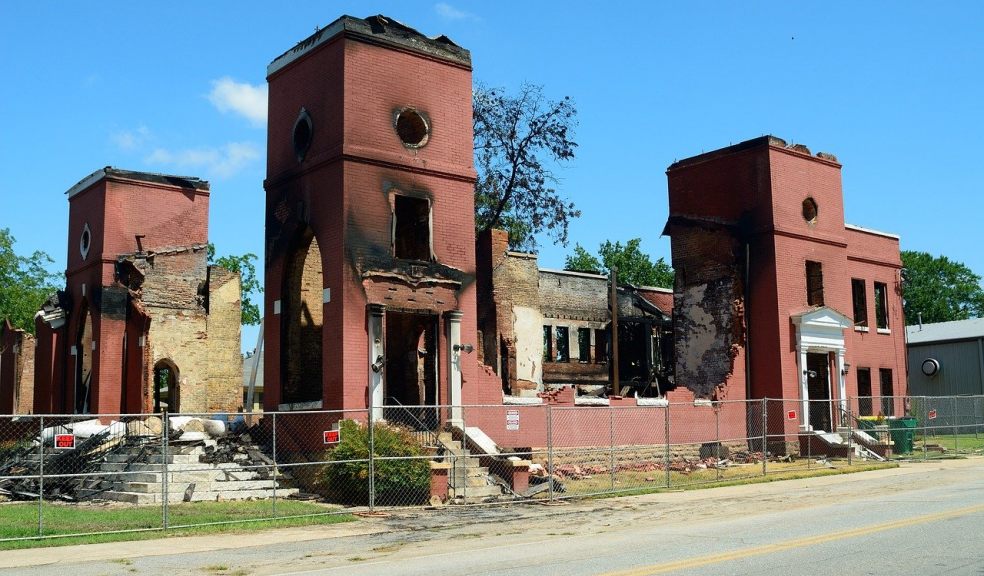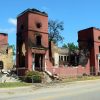
What You Should Know About Fire Risk Assessments
By law, every block of flats and all business establishments should have a Fire Risk Assessment, an important safety measure that many people do not understand.
Every building owner must have a fire safety plan, and it is not something that you can overlook, because it can expose the building and the people in it to fire risk. Along with a fire safety plan, you should understand that specific requirements depend on the type of building you have.
Definition of fire risk assessment
A fire risk assessment is a review of a building to evaluate it for fire risk. The assessor will furnish you with safety recommendations when needed. As a rule, you do not need to have a written document regarding a fire risk assessment if less than five people regularly occupy the building.
But it is better to have a written fire risk assessment so the building owner and its occupants are constantly reminded of the findings and the recommendations that they should follow.
Legal guidelines and responsibility
It is vital to have a regular annual review after the initial assessment. But it is more critical to have another evaluation when there are significant changes in the layout, purpose, and type of the building occupants.
The building owner, property owner, employer, occupant, or the facilities manager is responsible for doing the fire risk assessment. The appointed person should pass a four-hour training course to become a building fire marshal. However, you can also request a professional fire risk assessment Manchester company to help you.
Things to check
The fire risk assessment done on a building depends on the type of building you own. However, the list of potential fire risks is almost similar. A fire typically occurs due to the presence of sources of oxygen and fuel, and sources of ignition. Thus, it is critical to keep these two sources reduced, removed, or kept apart.
Doing a fire risk assessment identifies these sources, which may include the following:
- Ignition sources (heat or flame). These include open flames, cooking equipment, electrical equipment, and chemical processes. Others include misused or defective electrical apparatus, faulty electrical fittings, smoking materials, candles, lighters, and matches. The ignition can come from a hot air gun and other industrial equipment used for grinding, cutting, and welding.
- Frictional heat sources. These include electrostatic discharges, incinerators, furnaces, open hearths, kilns, ovens, oil-burning equipment, engines, boilers, portable heaters, and cooking equipment like deep fryers.
The fire risk assessor will also look for combustible materials such as cardboard, wood, and paper, and various flammable fuels such as polyurethane foam, solvents, and thinners.
A fire risk assessment also looks into housekeeping procedures and unsafe physical conditions, like open stairs and areas covered with polystyrene or hardboard tiles.
Everyone who occupies a building should always be aware of fire prevention and fire risks. There should be an up to date fire safety action, proper signage, posting of emergency numbers, fully charged fire extinguishers, fire alarms, crisis exits, fire drills, and emergency evacuation plans.

















